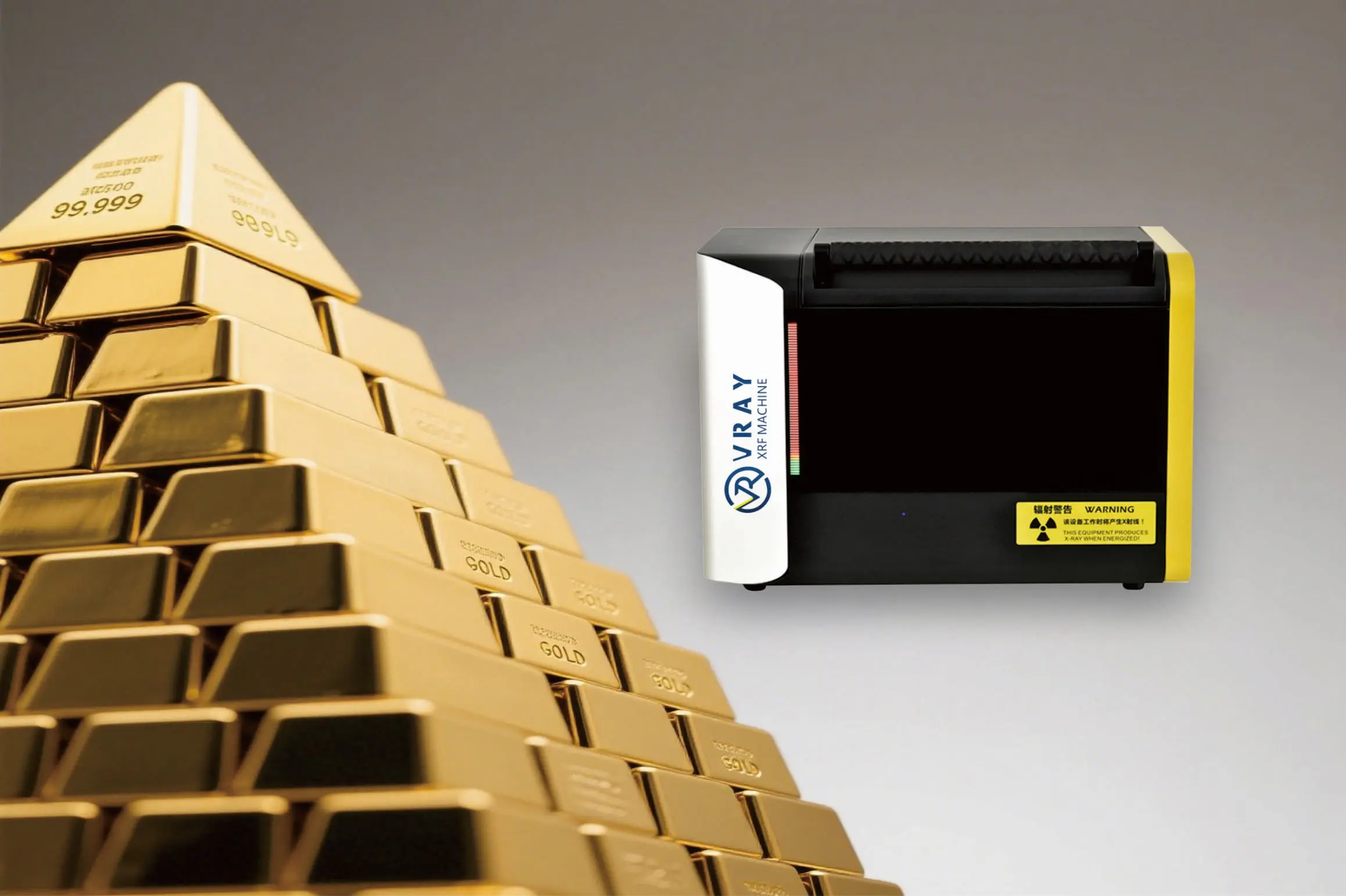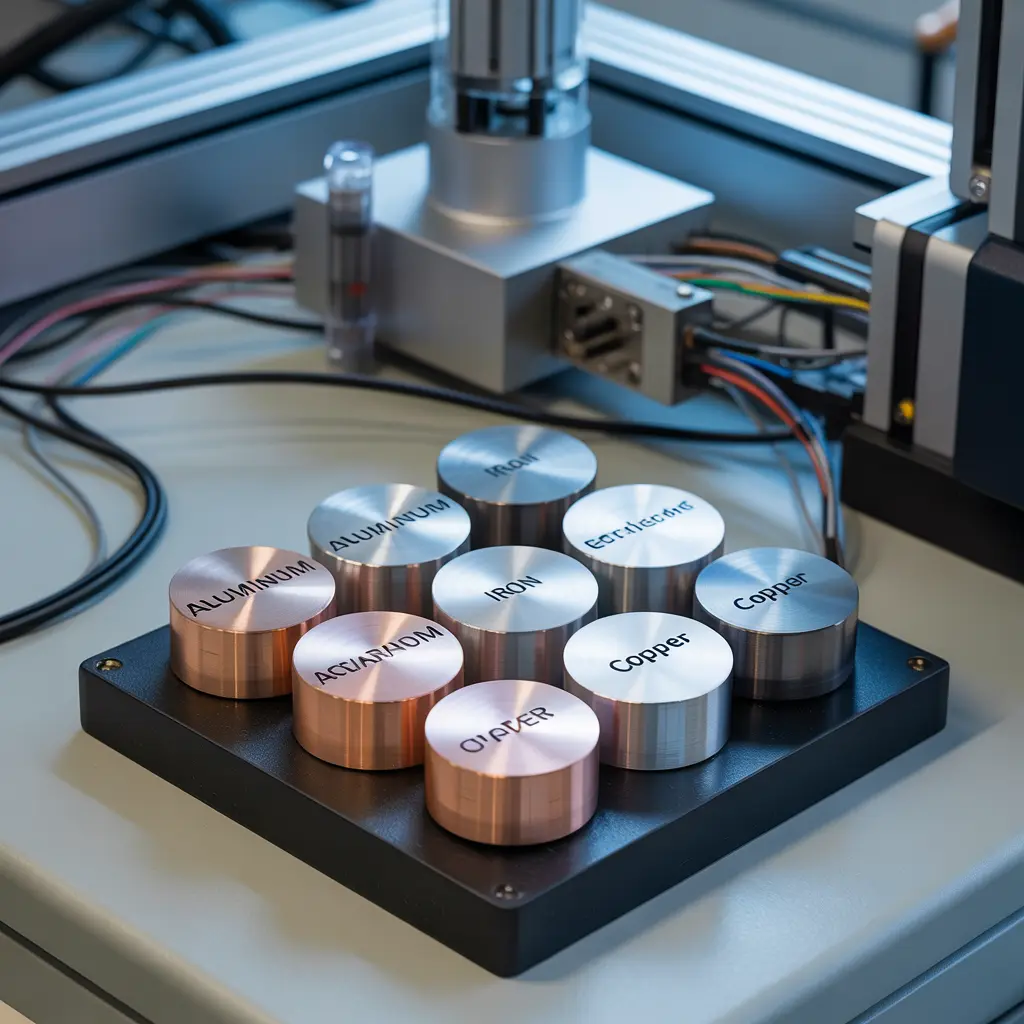В чем разница между золотом и твердым золотом?
The core difference between “золото plated” and “solid gold” lies in composition: solid gold is made entirely from gold alloy, while gold plated jewelry consists of a base metal (such as brass or silver) coated with a thin layer of gold.

Solid gold jewelry offers lasting color, resistance to tarnish, and higher intrinsic value because the gold runs throughout the entire piece. Gold plated jewelry, while more affordable and stylish, wears over time as the gold layer gradually rubs away, revealing the base metal beneath. The choice between the two depends on budget, intended use, and expectations for longevity.
1. Composition and Manufacturing Process
- Solid Gold
Solid gold jewelry is made from an alloy of pure gold mixed with other metals like copper, серебро, or palladium to enhance strength. Common purities include 24K (99.9% pure), 18K (75% pure), and 14K (58.3% pure). The gold is present throughout the entire piece, ensuring the same material inside and out.
- Золото
Gold plated jewelry starts with a base metal—often brass, медь, or sterling silver—that is coated with a very thin layer of gold through electroplating. The thickness of the plating can range from a few microns to a fraction of a micron, which directly affects how long the finish will last.
2. Durability and Wear Over Time
- Solid Gold Durability
Because solid gold contains gold throughout, it will not flake or wear away. It can be polished repeatedly to restore shine and is less prone to tarnishing. Over decades, only normal surface scratches appear, which can be buffed out.
- Gold Plated Durability
The gold layer on plated jewelry is susceptible to wear, especially on pieces like rings or bracelets that undergo constant friction. Once the plating is worn through, the base metal is exposed, often changing the color and causing oxidation or tarnish.
3. Cost and Value Retention
- Solid Gold Value
Solid gold holds significant intrinsic value because of its gold content. It can be melted down, resold, or passed down as an heirloom. Its price fluctuates with the gold market but generally retains long-term value.
- Gold Plated Value
Gold plated jewelry is far less expensive, making it accessible for fashion purposes. Однако, its resale value is negligible since the actual gold content is minimal.
4. Appearance and Feel
Both types can look identical when new, especially with high-quality plating. Однако, solid gold tends to have a warmer tone and heavier weight due to its density. Через некоторое время, plated pieces may lose their uniform color, especially in high-contact areas.
5. Hypoallergenic Considerations
Твердое золото, especially in higher purities, is generally hypoallergenic. В отличие, gold plated jewelry may cause skin irritation once the plating wears off, exposing nickel or other allergenic base metals.
6. How to Tell the Difference

Visual inspection alone can be misleading, as high-quality gold plating can mimic solid gold. Reliable testing methods include:
- Hallmark Inspection – Solid gold pieces are stamped with purity marks such as “18K” or “750.” Plated items may have stamps like “GP” (gold plated) or “HGE” (Тяжелый золотой гальноплат).
- Acid Testing – Involves applying acid to a small scratch on the surface to reveal the underlying metal.
- РФА Анализ – The most accurate, неразрушающий метод, using X-ray fluorescence to instantly determine metal composition.
Инструмент VRAYs provides industry-leading Xrf -анализаторс that deliver instant, точный, non-destructive results for identifying gold content—perfect for determining whether jewelry is solid gold or plated.
- VR-X5 XRF Золотой анализатор – Tests over 20 elements with a custom silicon PIN detector for exceptional sensitivity.
- ВР-М5 Портативный анализатор золота – Compact, легкий вес, with an 8-hour battery, ideal for mobile jewelry testing.
- ВР-Т9 Золотой анализатор – ±0.001% precision, designed for high-purity gold quality control.
- VR-H5 Портатив Золотой анализатор – Perfect for on-site testing, предлагая быстро, Точные результаты.
By using VRAY’s XRF technology, users avoid damaging pieces during testing and obtain reliable, instant readings without any guesswork.
Recommendations for Buyers and Sellers
- For Buyers – Request purity testing before purchasing expensive pieces, especially from private sellers or online platforms.
- For Sellers – Use accurate testing to correctly price items and build trust with customers.
- For Jewelry Businesses – Invest in professional-grade analyzers to speed up transactions and eliminate disputes.
- For Gold Recycling – Non-destructive testing ensures maximum recovery value and avoids processing plated material as solid gold.
Часто задаваемые вопросы
Q1: Can gold plated jewelry be re-plated to look new again?
А1:Да. Jewelers can reapply the gold layer through electroplating, restoring appearance. Однако, the cost may not be worthwhile for inexpensive pieces.
Q2: Does solid gold ever tarnish?
A2:Higher karat gold (18K, 24K) rarely tarnishes. Lower karat gold (10K, 14K) can tarnish slightly due to other metals in the alloy.
Q3: Can I тестирование золота дома?
A3:Home acid test kits exist, but they can damage items. For valuable jewelry, professional XRF testing is recommended.
Q4: Why does my gold plated ring turn my finger green?
A4:Once the plating wears away, the base metal (like copper) reacts with skin moisture, causing discoloration.
Q5: How thick should gold plating be for durability?
A5:A plating thickness of at least 2.5 microns is considered high quality and can last several years with proper care.

WhatsApp
Отсканируйте QR-код, чтобы начать чат с нами в WhatsApp.